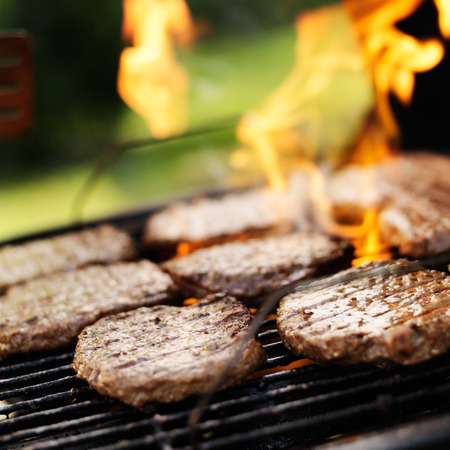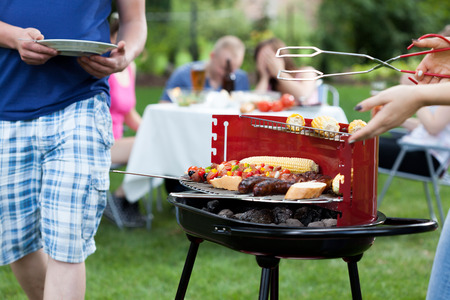Sometimes safety is about using the right materials rather than less desirable choices. When it comes to using wood to help flavor the food, make sure that you choose the right one.
There are many types of woods available for grilling or smoking food. Here are some tips regarding your wood choices.
- Softwoods burn quickly and many times the flavor that the smoke adds to the food is undesirable.
- Hardwoods burn longer and provide more heat. They also provide more flavor because of the aromatic smoke produced while burning.
- If you are using another fuel source such as charcoal, you can toss in wood in small quantities. The flavor from the burning wood will add unique flavor to the food.
Woods that Should Not be Used
Some woods are better not to be used such as softwoods that can influence the flavor negatively. However, some types of woods SHOULD NOT be used because they are hazardous. Here are a few.
Lumber Scraps in General: It is difficult to determine the type of wood in lumber scraps whether new or used, and, therefore, what effect it may have on the food. In addition, it is possible that used lumber could have come in contact with harmful substances that could be absorbed. It can pose a danger when burning.
Pressure Treated / Chemically Treated / Painted / Stained Lumber: Pressure- and chemically-treated woods are often used in projects such as outdoor decking. Of course, paint and stain are used on many wood surfaces. When these woods are burned, they release hazardous and releases toxic smoke and fumes. At best, it will add undesirable flavor to your food. At worst, you are exposing your body to harmful substances. Do not use these woods for grilling.
Mold or Fungus Covered Wood: The smoke produced when mold and fungus are burned leaves a very undesirable tastes in food.
Popular Woods Used in Grilling
Sweet Flavor
- Alder
- Apple
- Birch (smoky and sweet)
- Blackberry
- Cherry
- Corncob: The heart of the corncob can be ground into small granular bits that can be combined with other woods. It can provide a sweet flavor that may overpower the food. Start with small amounts and check until you get the desired flavor.
- Grape Vine
- Maple (smoky and sweet)
- Mulberry
- Peach
- Pear
Smoky Flavor
- Beech
- Birch
- Hickory (smoky bacon flavor)
- Maple (smoky and sweet)
- Pecan
Distinctive Flavor
- Cedar
- Mesquite
- Oak
- Pimento (peppery with possibility of flavors of other spices)
- Seaweed (spicy, natural flavor)
- Walnut
- Wine or Whiskey Barrels




